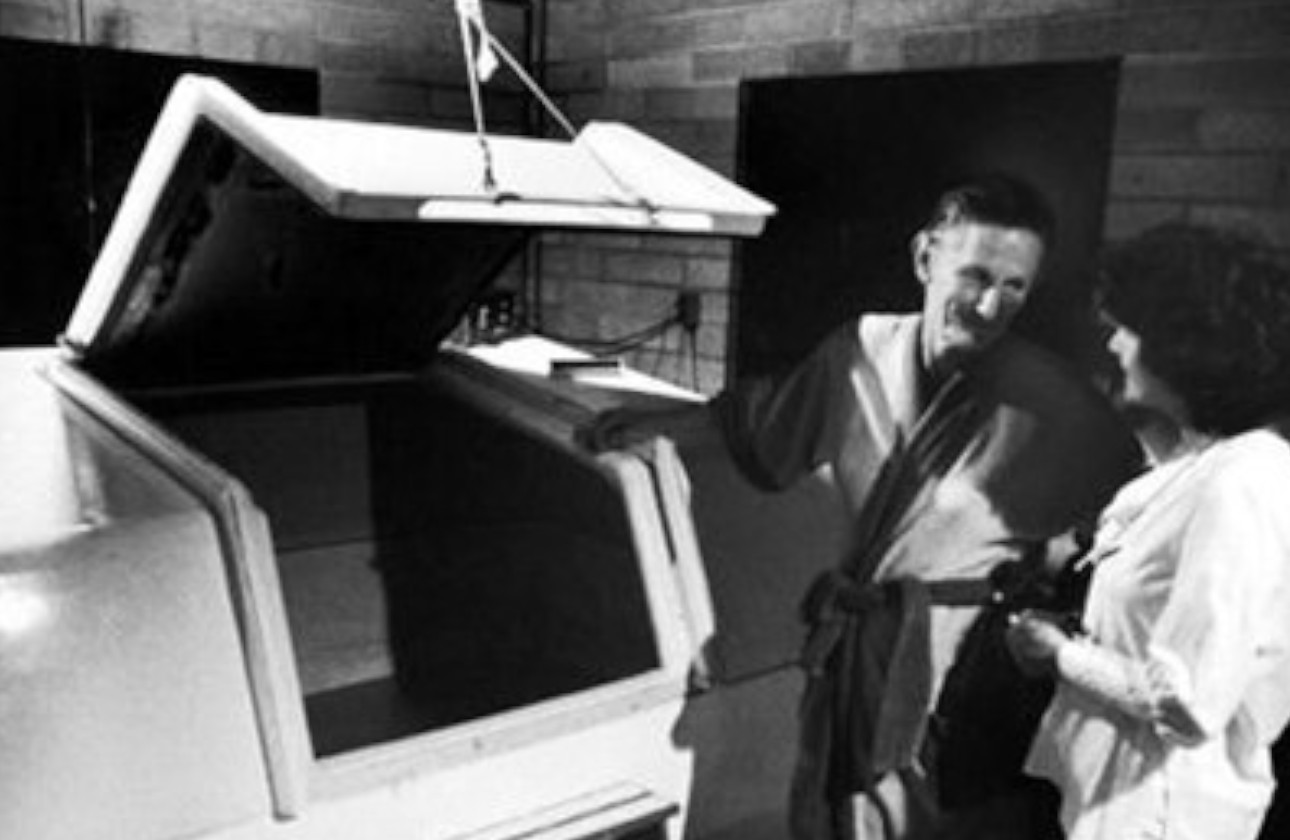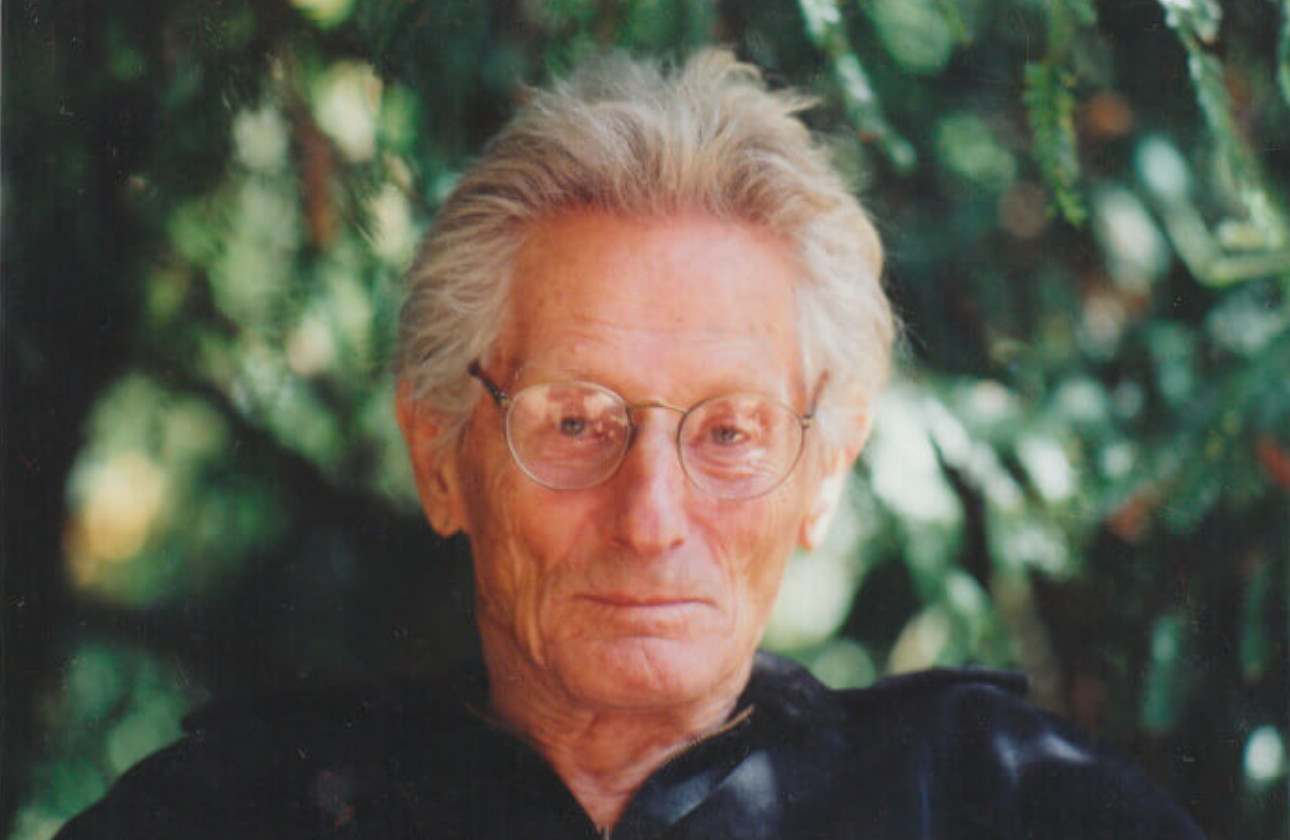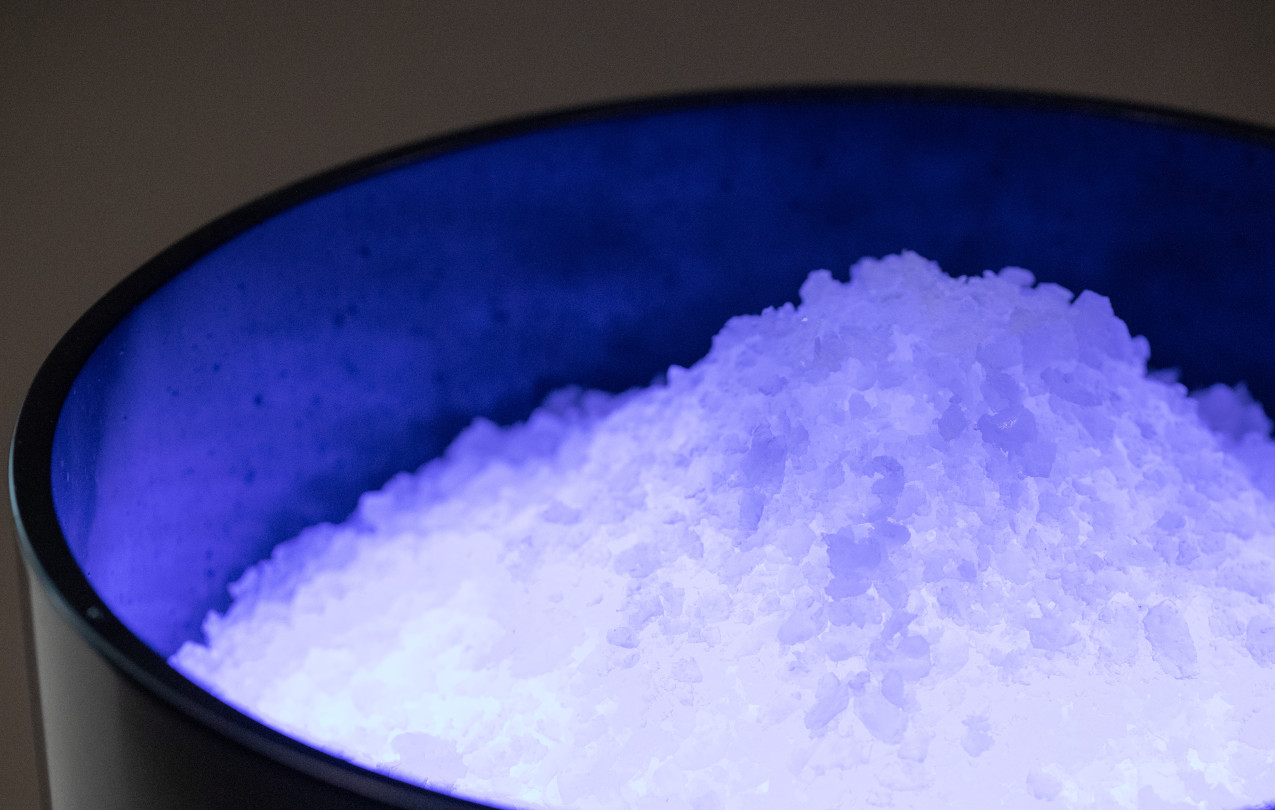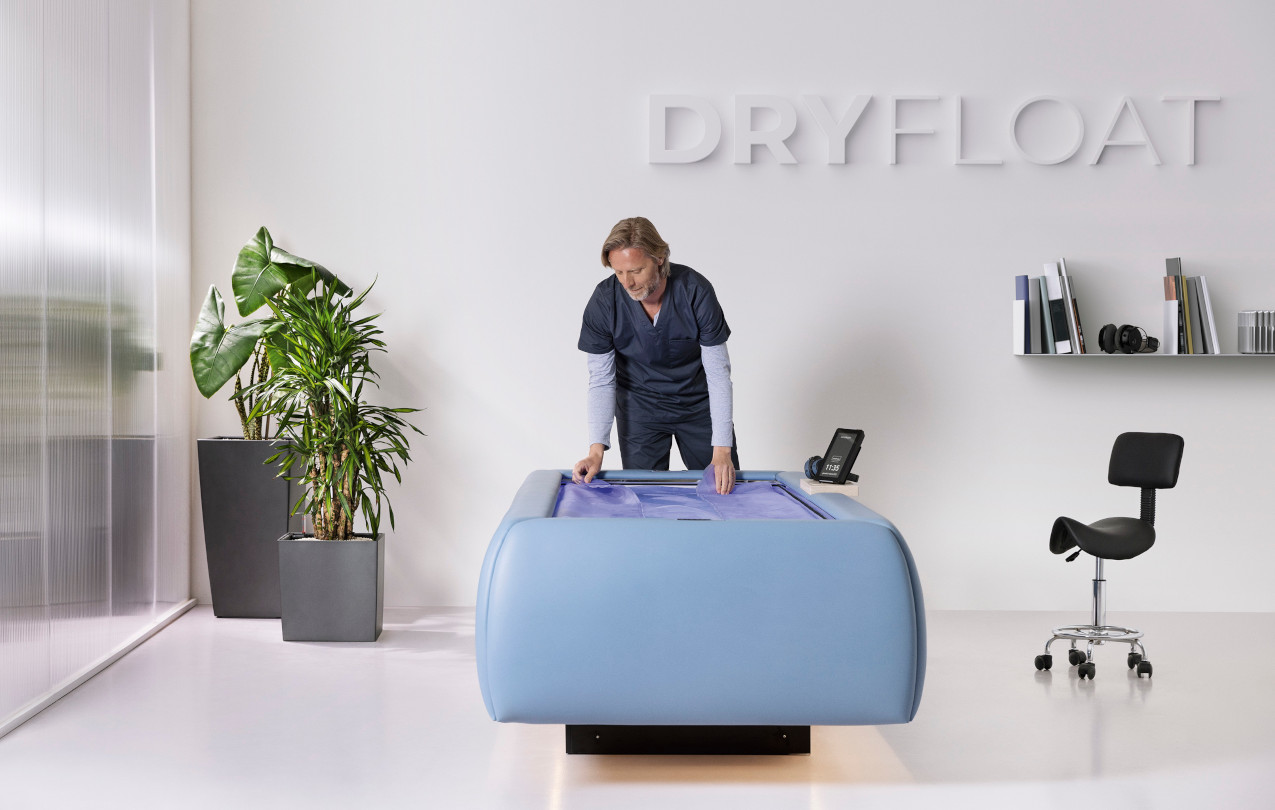The origins of Float Therapy
The first floatation tank (or isolation tank) dates back to the late 50s, invented by Dr. John Lilly for sensory deprivation.
In the labs of the National Institute of Mental Health, Lilly found a large tank used during the Second World War to conduct studies on frogmen; Lilly then decided to adapt it to his purposes to be able to study the effects of sensory deprivation on the human brain and on the altered states of consciousness. At that time, the scientific debate focused on the possibility that the brain might stop working when lacking sensory stimuli: to investigate this possibility, John Lilly turned the tank into a tool to reduce external stimuli at a minimum.

Originally, the tank allowed to stand vertically, but later the studies moved to a tank that allowed lying in a horizontal position. The tank was filled with water saturated with magnesium sulphate, and kept at constant body temperature in order to eliminate tactile sensation. The body would then float in zero gravity, thanks to water at constant temperature. The absence of stimuli was ensured bi insulating the tank itself and the surrounding environment from light an external noise.

John Lilly secretly experimented the tank on himself, remaining in a no-stimuli setting for many hours at a time: this is how he understood that not only the brain kept working, but also that floatation had provided him with the deepest rest sensation he had ever felt.
After his studies, the tank for sensory deprivation became a popular tool to achieve relaxation, well-being, and introspection.



















